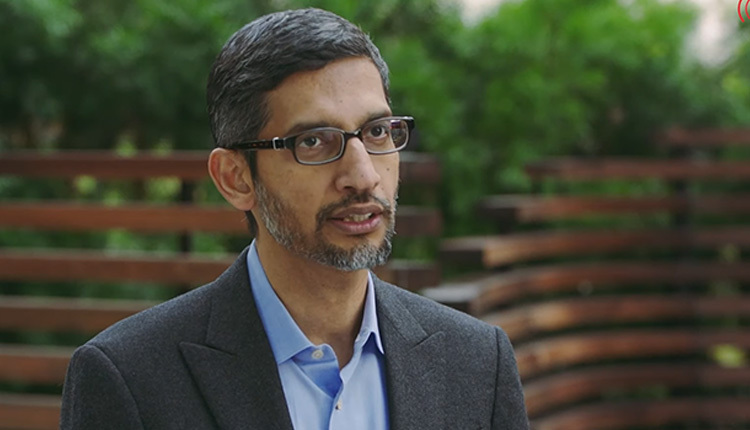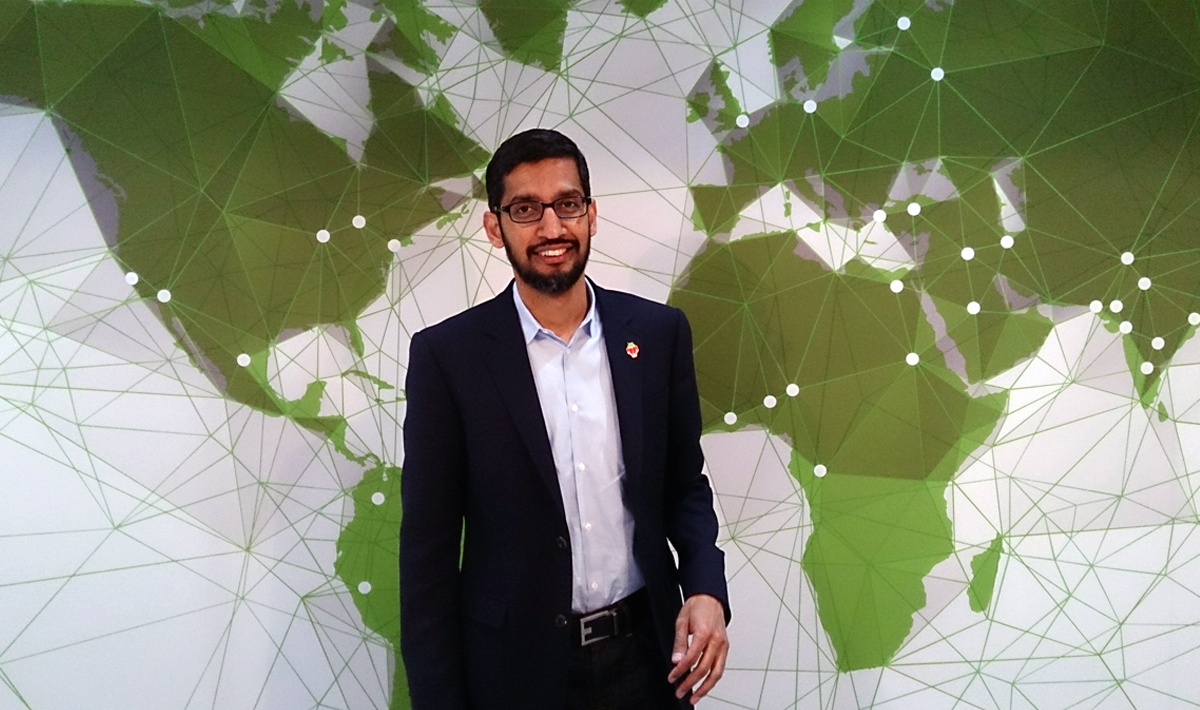Google’s Wellness Ecosystem: Cultivating Talent Beyond the Tiers
In an industry where burnout shadows innovation, and employee disengagement costs the global economy trillions annually, Google's approach to workplace wellness stands as a compelling counter-narrative. Far from a mere collection of glamorous perks, the company's comprehensive wellness strategy forms a deeply integrated ecosystem designed to attract, cultivate, and retain top-tier talent worldwide. This isn't about superficial inducements; it’s a deliberate, evolving philosophy that embraces the "whole person" – recognizing that a genuinely thriving individual fuels sustained productivity and shapes a vibrant company culture. Indeed, in 2025, corporate wellness has transcended being a mere benefit; it has emerged as the ultimate power status symbol, signaling a company's progressive values and long-term vision.
From its genesis, Google understood that a healthy, engaged workforce isn't just a desirable outcome; it's a strategic imperative. Their consistent investment in holistic physical and mental health benefits, constantly adapting to the demands of a dynamic, modern workforce, underscores this fundamental belief.
The Pillars of Google's Wellness Architecture
Google's multifaceted wellness program is meticulously sculpted to cater to the diverse needs of its global workforce. Key components intertwine to create a robust support system:
- Comprehensive Health Guardianship: Googlers are enfolded by top-tier medical, dental, and vision insurance. Beyond physical ailments, a strong emphasis is placed on mental well-being, with free counseling sessions and extensive therapy resources readily accessible, both on-site at major campuses and virtually, ensuring discreet and timely support. This deep investment aims to drastically reduce presenteeism—the costly phenomenon of employees showing up to work but being unproductive due to illness or distress—by providing immediate, high-quality care that fosters swift recovery and genuine engagement.
- Empowering Time Off: The company champions a culture of rest and rejuvenation. Employees benefit from generous vacation allotments, comprehensive parental leave policies, and robust paid sick leave. Crucially, Google also institutes company-wide "recharge days," promoting collective rest and mitigating the widespread individual guilt often associated with taking time away from demanding roles.
- On-Campus Nourishment: At its sprawling campuses, Google cultivates an environment conducive to well-being. Employees enjoy access to state-of-the-art fitness centers, restorative massage therapy, invigorating yoga and meditation classes, and a plethora of healthy, gourmet meal options – all provided at no additional cost. These amenities are not just conveniences; they are tangible expressions of a commitment to fostering a healthy daily rhythm within the workplace.
- Flexible Work Paradigms: Google’s pioneering hybrid work model embraces flexibility as a cornerstone of employee well-being. This empowers employees to navigate personal and family demands with greater ease, adjusting schedules or working remotely as needed. Such autonomy proves a critical bulwark against the pervasive threat of burnout, particularly within the demanding tech landscape.
- Fortifying Financial Stability: Beyond attractive compensation, Google invests in employees' long-term financial security. This includes competitive salaries, robust 401(k) plans with substantial company matching, stock options, and comprehensive financial planning resources. Life insurance and legal aid services further underscore a commitment to employees' broader well-being, alleviating common sources of external stress.
Related: Will Ahmed: The Visionary CEO Behind WHOOP’s $3.6B Fitness Empire
Mental Health: A Proactive Imperative
Amidst growing awareness of workplace mental health challenges, Google has significantly amplified its efforts. The company's robust Employee Assistance Program (EAP) provides 24/7 confidential support, offering immediate access to licensed counselors and extensive stress management resources. The EAP goes beyond reactive measures, often guiding employees through complex personal challenges, including addiction, with an emphasis on privacy and comprehensive care that supports both the individual and their family without jeopardizing their career.
Beyond formal programs, Google has fostered a culture where mental well-being is openly discussed. They've established peer support groups and introduced emotional resilience training programs, equipping employees with practical strategies to navigate the inherent pressures of high-stakes roles. Crucially, mental health days are not just tolerated but actively encouraged and normalized, a pivotal step in dismantling the stigma that often prevents individuals from seeking help.
Technology as a Wellness Ally
In a truly "Googley" fashion, the company seamlessly integrates wellness features directly into its proprietary platforms, transforming everyday tools into subtle yet powerful nudges for healthy habits. Google Meet, for instance, offers a "focus time" feature that allows users to signal their unavailability for interruptions, minimizing distractions during critical work blocks. This feature can be integrated with Google Calendar, automatically blocking out periods for deep work and declining conflicting meeting invitations. Similarly, Google Calendar’s "wellbeing reminders" prompt users to take breaks, hydrate, or engage in mindfulness exercises throughout their day. While direct personalized wellness recommendations based on individual user data are generally reserved for consumer-facing health products (like the Pixel Watch's health insights), Google's internal systems leverage aggregate data and employee feedback to continually refine and tailor wellness offerings, ensuring they remain relevant and impactful. This commitment to data-driven improvement underpins their ability to respond proactively to evolving employee needs.

Sundar Pichai the CEO of Google
Cultivating Connection: A Shield Against Loneliness
Recognizing the pervasive challenge of social isolation in modern workplaces, particularly in hybrid or remote models, Google proactively fosters social well-being.
Beyond formal team-building events, the company encourages organic connection through communal spaces, shared interest groups (ranging from coding clubs to hiking meetups), and initiatives that promote mentorship and peer interaction. These efforts are designed to cultivate a strong sense of community and belonging, directly addressing the potential for loneliness that can erode morale and productivity. By intentionally designing environments and programs that facilitate meaningful social interaction, Google aims to ensure that even amidst a large, dispersed workforce, every employee feels seen, valued, and connected.
Related: Microsoft’s Wellness Program: A Critical Look at a Tech Giant's Wellbeing Initiative
The Nuance of Nurturing: Beyond "Golden Handcuffs"
The critique that tech perks are merely "golden handcuffs"—designed to tether employees to their desks for longer hours—is a valid one. However, Google consistently asserts that its comprehensive wellness approach is rooted in providing genuine choice and fostering autonomy, not control. Internal surveys consistently demonstrate that employees who feel genuinely supported in their holistic well-being are not only more likely to remain with the company long-term but also demonstrate significantly higher rates of innovation and effective collaboration. These are the key metrics Google prioritizes, far above simply clocking hours.
The unparalleled comfort offered can, admittedly, blur the lines between professional and personal life. The optimal strategy for Googlers? Embrace the extensive perks, but couple them with a conscious effort to establish clear personal boundaries. These robust resources should enrich one's life, not inadvertently consume it. It's an approach that contrasts with other tech giants, and a critical look at Microsoft's wellness program reveals different priorities and a distinct implementation philosophy.
Conclusion
Google’s expansive employee wellness program transcends the superficial allure of headline-grabbing benefits. It represents a meticulously crafted, deeply embedded strategy with profound aims: to demonstrably reduce burnout, significantly improve talent retention, and holistically support every facet of employee health—physical, mental, emotional, and financial.
As companies worldwide grapple with the complexities of modern work and the imperative of human capital, Google continues to define the vanguard. Its model sets an aspirational standard for how organizations can genuinely invest in and empower the very people who drive their success, shaping the future of empathetic and effective workplaces.
Related: Global Wellness Trends 2025: Separating Scientific Breakthroughs from Celebrity Hype














